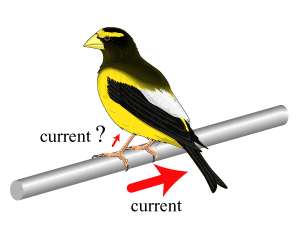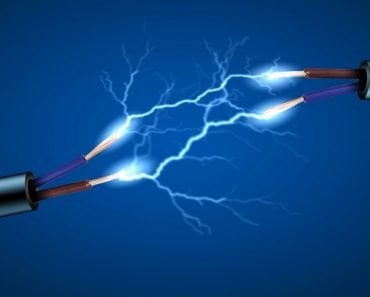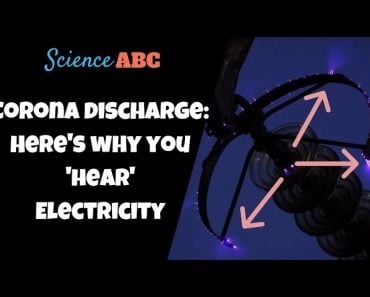Table of Contents (click to expand)
The reason birds don’t get electrocuted when sitting on power lines is because they are not completing the circuit that is required for electricity to flow. If a bird were to have one foot on the wire and the other foot on the ground or a different wire, the bird would be electrocuted because it would be acting as a conducting medium.
Characters in the movies often end up with a blackened face and frizzy hair after coming in contact with a live wire charged with electricity. As observers, we laugh our hearts out at these ridiculous moments, but in real life, a live wire won’t be so gentle. You’d end up with more than just frizzy hair, torn clothes, and a crooked face. The thousands of volts could kill you instantaneously – unless you’re a bird, that is.
It’s a very common sight to see birds perched on top of electric wires, almost mocking us with their ability to relax at such heights. Birds have no problem sitting, undisturbed, on the high voltage wires lining the roads, but it has nothing to do with them being birds. As you’ve probably also seen, squirrels can run along wires unscathed too!

Recommended Video for you:
So What’s The Explanation?
This is all due to the connections that they’re making, or rather, not making.
Electric current is simply the movement of electrons. For electrons to move from one point to another, they require an adequate potential difference between the two points.
Just like all types of energy, electricity pursues equilibrium (or balance). This means that electricity will flow from areas of high energy to low energy along the path of least resistance. For example, if the bird were to have one foot on the wire they’re standing on, and the other foot on the ground or a different wire with less voltage, the bird would be electrocuted. This is because the bird would be acting as a conducting medium that allows the electric current to pass from the high voltage substance (wire) to the low voltage substance (ground).

When a bird is sitting happily on top of a wire:
(1) The circuit is incomplete, so the flow of electrons required to conduct electricity is hindered.
(2) The potential difference between all points on the wire is zero

Similarly, if a person were to stand on top of a power line, he would also remain unaffected by the wire (the wire wouldn’t be able to sustain the person’s weight, which is why this is purely hypothetical). A person standing on the ground, however, completes the circuit, so the person is electrocuted when coming in contact with the wire.
If The Wires Are So Dangerous, How Do Workers Carry Out Maintenance Work?
Workers on power lines use strong insulating materials in their clothing, equipment, and bucket trucks. Insulating materials, such as rubber and asbestos, are materials through which electricity struggles to flow. Therefore, instead of passing through the worker, the electrons stay on the other side of his rubber gloves or rubber-handled tools.

Another technique when working on power lines is to hang beneath a helicopter. Since neither the worker nor the helicopter is connected to the ground (like those birds), the worker just has to make sure that he only touches one wire at a time.
Despite taking such precautions, electrical maintenance is one of the most dangerous jobs out there. Therefore, it’s probably a wise choice to just stay away from electrical wires unless you’re a trained professional… or a bird.












